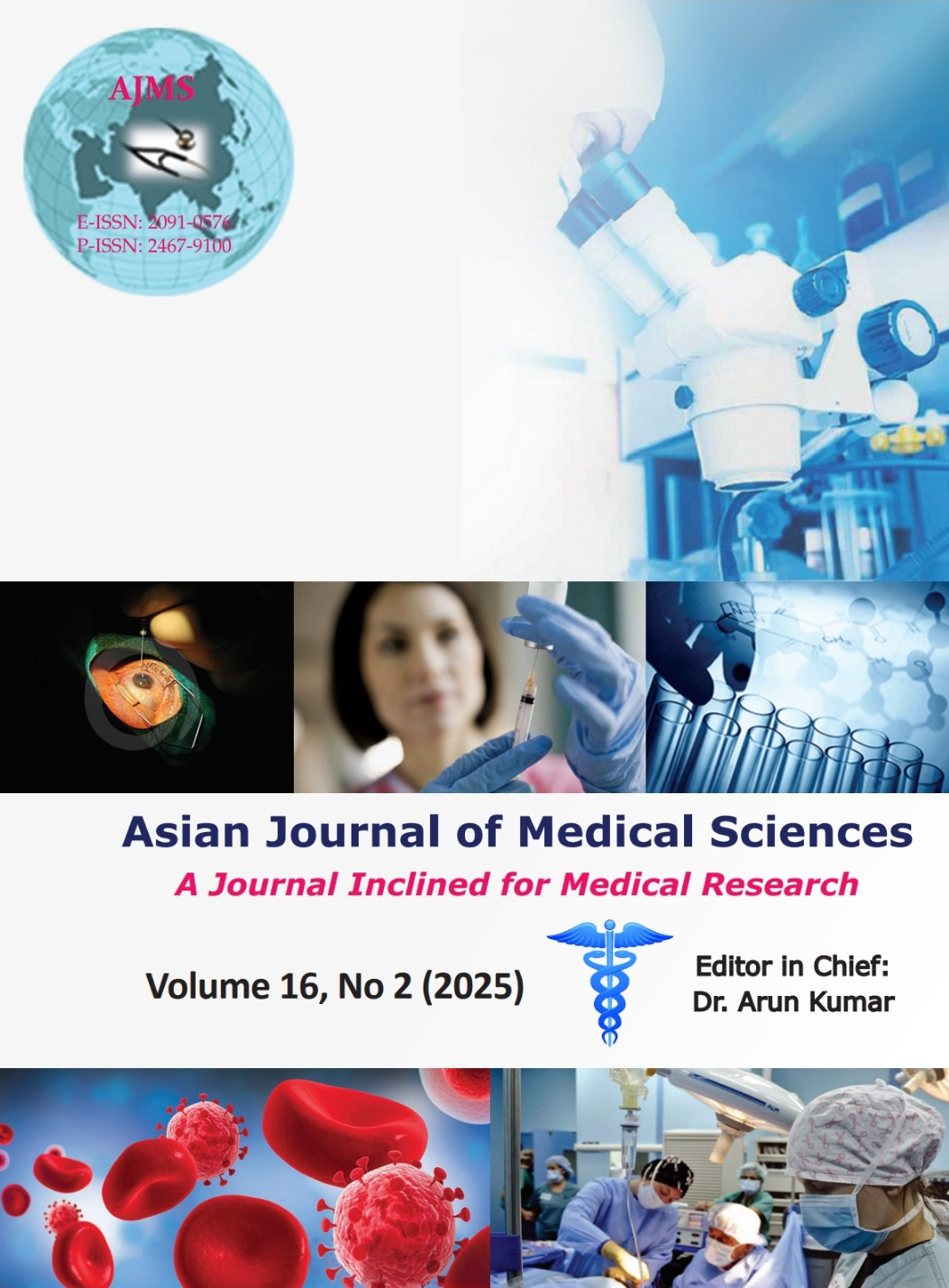Comparative efficacy of conventional pap smear and liquid based cytology for screening of cervical cancer in women of reproductive age group in a tertiary care centre in rural Madhya Pradesh
Keywords:
Cervical cancer; Liquid-based cytology; Pap smear; Screening accuracyAbstract
Background: Cervical cancer poses a significant public health challenge, emphasizing the need for effective screening strategies for early detection. Conventional Pap smear (CPS) has been the standard screening tool for decades, while liquid-based cytology (LBC) was developed to overcome its limitations. This study compares the efficacy of CPS and LBC in detecting cervical neoplastic lesions.
Aims and Objectives: To determine and compare the efficacy of CPS and LBC as screening tools for early detection of cervical neoplastic lesions in a tertiary care setting.
Materials and Methods: A prospective observational study was conducted on 240 women aged 18 years and above from August 2022 to August 2023. CPS, LBC (Ezyprep™), and colposcopy-guided biopsies were utilized, with histopathology as the gold standard. Statistical analysis involved sensitivity, specificity, and receiver operating characteristic curves.
Results: CPS showed a sensitivity of 59.62%, specificity of 94.19%, and sample adequacy of 93.3%, while LBC exhibited higher sensitivity (89.09%), comparable specificity (91.43%), and better sample adequacy (95.8%). The area under the curve for LBC (0.908) was significantly higher than CPS (0.735). LBC identified more true positives (49 vs. 31) and fewer false negatives (6 vs. 21).
Conclusion: LBC demonstrated superior sensitivity, sample adequacy, and diagnostic accuracy, making it the recommended screening tool for high-risk populations.
Downloads
Downloads
Published
How to Cite
Issue
Section
License
Copyright (c) 2025 Asian Journal of Medical Sciences

This work is licensed under a Creative Commons Attribution-NonCommercial 4.0 International License.
Authors who publish with this journal agree to the following terms:
- The journal holds copyright and publishes the work under a Creative Commons CC-BY-NC license that permits use, distribution and reprduction in any medium, provided the original work is properly cited and is not used for commercial purposes. The journal should be recognised as the original publisher of this work.
- Authors are able to enter into separate, additional contractual arrangements for the non-exclusive distribution of the journal's published version of the work (e.g., post it to an institutional repository or publish it in a book), with an acknowledgement of its initial publication in this journal.
- Authors are permitted and encouraged to post their work online (e.g., in institutional repositories or on their website) prior to and during the submission process, as it can lead to productive exchanges, as well as earlier and greater citation of published work (See The Effect of Open Access).




